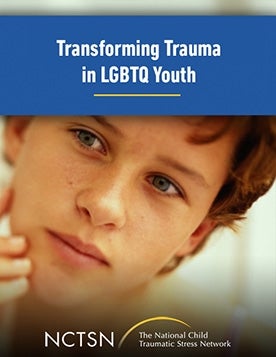
Safe Places, Safe Spaces: Creating Safe and Welcoming Environments for Traumatized LGBTQ Youth
Discusses the Safe Places, Safe Spaces video product.
The following resources on child trauma were developed by the NCTSN. To find a specific topic or resource, enter keywords in the search box, or filter by resource type, trauma type, language, or audience.

Discusses the Safe Places, Safe Spaces video product.
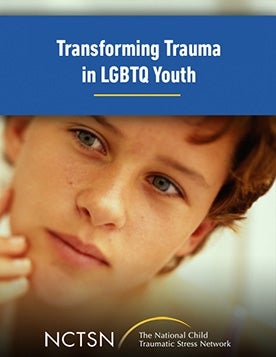
Offers concrete strategies and recommendations for providers working with LGBTQ youth who have experienced trauma. This webinar series discusses how to increase access to services, create a safe environment for care, and work with families and schools.
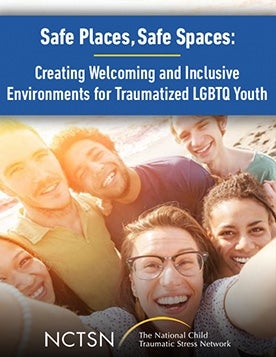
Introduces the viewer to the needs of lesbian, gay, bisexual, transgender and questioning (LGBTQ) youth who have experienced trauma.
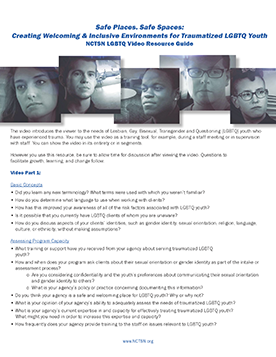
Offers guidance on how to use the Safe Places, Safe Spaces video.
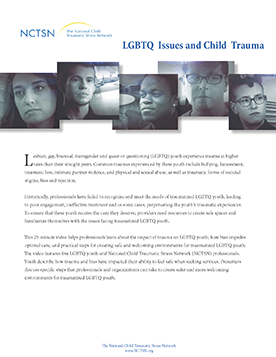
Offers an introduction to the Safe Places, Safe Spaces video. This fact sheet gives a brief overview for working with LGBTQ youth as well as a synopsis of the video, and suggested resources.
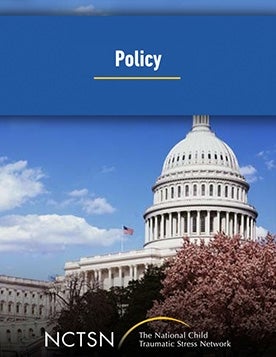
Addresses several local, state, and federal policy issues. This webinar series includes presentations from key policy experts, NCTSN members, affiliates, and partners who have played a leadership role in child trauma policy efforts.
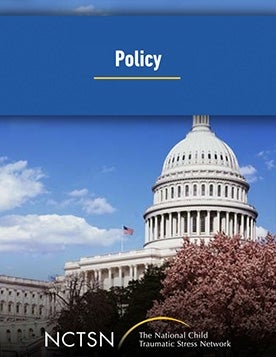
Guides participants in understanding the Defending Childhood Initiative and its policy implications for the child trauma field.
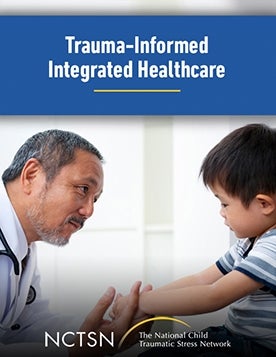
Provides a trauma-informed integrated healthcare model for conceptualizing young children exposed to violence and other traumatic stressors.
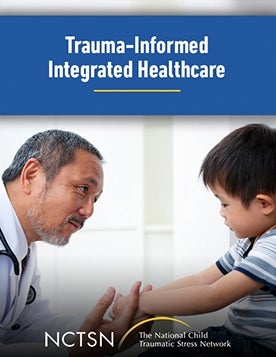
Lays a groundwork of fundamental knowledge about integrated health care and how it relates to trauma.

Provides a picture of the challenges experienced by families caring for youth with trauma and substance use.
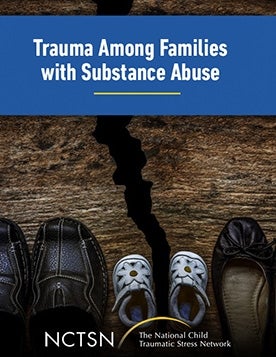
Offers perspectives on the intersections between trauma, caregiver substance use, parenting, and prenatal substance use exposure.
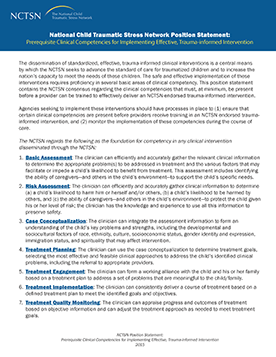
Guides agency leaders, clinicians, trainers, and others in optimizing service provision to children and families affected by trauma.